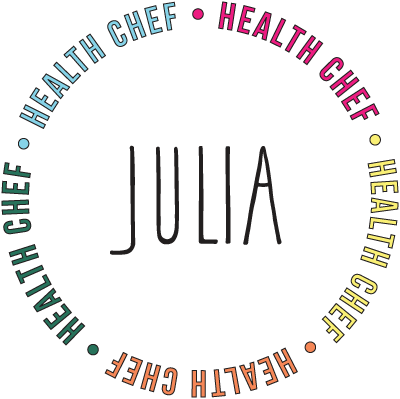Much has been said about ultra-processed foods and how terrible they are for our health. But the thing is, to eat better, we first need to learn how to differentiate these products, so we can make better choices.
While fruits and vegetables are more nutritious than packaged goods, not all processed foods are made the same and have various effects on our health.
To clear things up, a group of researchers at the University of São Paulo, Brazil, designed a food classification system called NOVA. They separated foods into 4 groups:
Unprocessed or minimally processed foods
this group refers to natural or almost “untouched” foods, such as vegetables, seeds, fruits, and animal protein.
Minimally processed foods are those altered by simple treatments like drying, crushing, grinding, fractioning, filtering, roasting, boiling, chilling, and freezing.
Processed culinary ingredients
here we group everything we use to season and cook foods from group 1, such as oils, butter, sugar, and salt. They are not meant to be consumed by themselves.
Processed foods
this group relates to those foods that have been modified, prepared, and packaged. For example, simple bread, cheese, tofu, and canned tuna or beans. These foods have been altered, but not in a way that’s detrimental to health.
Ultra-processed foods
These are the ones we need to watch out for! Ultra-processed food refers to edible products that are not only modified but made mostly or entirely from substances derived from other foods and additives, with little if any intact Group 1 ingredient.
For example, soft drinks, sweet or savory packaged snacks, sausages, sweetened breakfast cereals, ice cream, instant ramen, and pre-prepared frozen dishes.
How do ultra-processed foods affect our health?
While additives are used to expand shelter life or bring on more intense flavors, these foods generally contain more salt, saturated fat, and sugar. Three ingredients that, over time, can cause health issues such as high blood pressure and diabetes type II.
How can we cut back on ultra-processed foods?
Once you’ve learned the difference between these groups, you can improve your diet by shopping for more natural ingredients. At home, try to cook more often. This practice will help you eat better and be more conscious about food!
Are you looking for new, delicious, and healthy recipes to start? Check out my Instagram for fun, easy cooking ideas you can make at home.
Go back to the homepage.



